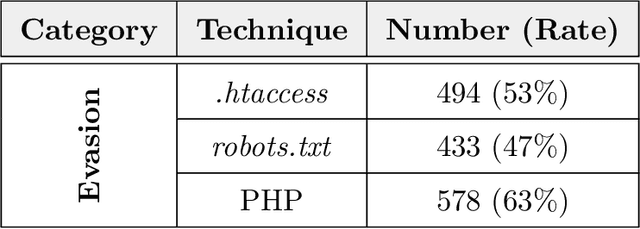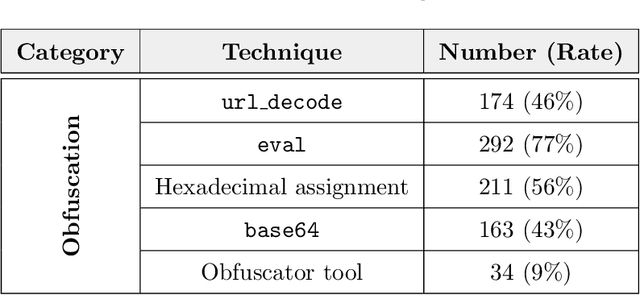Andrea Venturi
A Graph Machine Learning Approach for Detecting Topological Patterns in Transactional Graphs
Sep 16, 2025Abstract:The rise of digital ecosystems has exposed the financial sector to evolving abuse and criminal tactics that share operational knowledge and techniques both within and across different environments (fiat-based, crypto-assets, etc.). Traditional rule-based systems lack the adaptability needed to detect sophisticated or coordinated criminal behaviors (patterns), highlighting the need for strategies that analyze actors' interactions to uncover suspicious activities and extract their modus operandi. For this reason, in this work, we propose an approach that integrates graph machine learning and network analysis to improve the detection of well-known topological patterns within transactional graphs. However, a key challenge lies in the limitations of traditional financial datasets, which often provide sparse, unlabeled information that is difficult to use for graph-based pattern analysis. Therefore, we firstly propose a four-step preprocessing framework that involves (i) extracting graph structures, (ii) considering data temporality to manage large node sets, (iii) detecting communities within, and (iv) applying automatic labeling strategies to generate weak ground-truth labels. Then, once the data is processed, Graph Autoencoders are implemented to distinguish among the well-known topological patterns. Specifically, three different GAE variants are implemented and compared in this analysis. Preliminary results show that this pattern-focused, topology-driven method is effective for detecting complex financial crime schemes, offering a promising alternative to conventional rule-based detection systems.
Problem space structural adversarial attacks for Network Intrusion Detection Systems based on Graph Neural Networks
Mar 18, 2024Abstract:Machine Learning (ML) algorithms have become increasingly popular for supporting Network Intrusion Detection Systems (NIDS). Nevertheless, extensive research has shown their vulnerability to adversarial attacks, which involve subtle perturbations to the inputs of the models aimed at compromising their performance. Recent proposals have effectively leveraged Graph Neural Networks (GNN) to produce predictions based also on the structural patterns exhibited by intrusions to enhance the detection robustness. However, the adoption of GNN-based NIDS introduces new types of risks. In this paper, we propose the first formalization of adversarial attacks specifically tailored for GNN in network intrusion detection. Moreover, we outline and model the problem space constraints that attackers need to consider to carry out feasible structural attacks in real-world scenarios. As a final contribution, we conduct an extensive experimental campaign in which we launch the proposed attacks against state-of-the-art GNN-based NIDS. Our findings demonstrate the increased robustness of the models against classical feature-based adversarial attacks, while highlighting their susceptibility to structure-based attacks.
Classification of Web Phishing Kits for early detection by platform providers
Oct 15, 2022



Abstract:Phishing kits are tools that dark side experts provide to the community of criminal phishers to facilitate the construction of malicious Web sites. As these kits evolve in sophistication, providers of Web-based services need to keep pace with continuous complexity. We present an original classification of a corpus of over 2000 recent phishing kits according to their adopted evasion and obfuscation functions. We carry out an initial deterministic analysis of the source code of the kits to extract the most discriminant features and information about their principal authors. We then integrate this initial classification through supervised machine learning models. Thanks to the ground-truth achieved in the first step, we can demonstrate whether and which machine learning models are able to suitably classify even the kits adopting novel evasion and obfuscation techniques that were unseen during the training phase. We compare different algorithms and evaluate their robustness in the realistic case in which only a small number of phishing kits are available for training. This paper represents an initial but important step to support Web service providers and analysts in improving early detection mechanisms and intelligence operations for the phishing kits that might be installed on their platforms.
 Add to Chrome
Add to Chrome Add to Firefox
Add to Firefox Add to Edge
Add to Edge